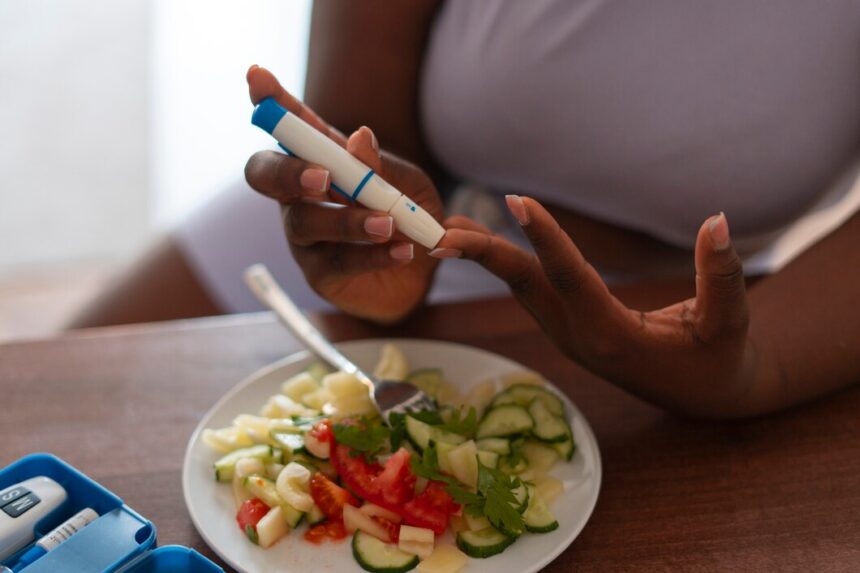Diabetes has become a prevalent global health issue, affecting millions of people. Type 2 diabetes, in particular, is often linked to lifestyle factors and can, in many cases, be managed or even reversed through specific changes. By adopting healthier habits, individuals can significantly improve their blood sugar levels and overall well-being. Here’s how lifestyle changes can turn the tide on diabetes.
Understanding Type 2 diabetes occurs when the body becomes resistant to insulin or when the pancreas fails to produce enough insulin. This leads to elevated blood sugar levels, which can cause various health complications if left unmanaged. While genetics play a role, lifestyle factors such as diet, physical activity, and stress management are critical in the development and progression of the disease.
- Adopt a Balanced Diet: Focus on a diet rich in whole, unprocessed foods, including vegetables, fruits, whole grains, lean proteins, and healthy fats. This helps maintain stable blood sugar levels and provides essential nutrients. Choose low-GI foods, which cause a slower rise in blood sugar levels. Foods like legumes, whole grains, and non-starchy vegetables are excellent choices. Monitoring portion sizes helps prevent overeating and aids in weight management, which is crucial for blood sugar control.
- Increase Physical Activity: Aim for at least 150 minutes of moderate-intensity aerobic activity each week, such as brisk walking, cycling, or swimming. Exercise helps improve insulin sensitivity and lowers blood sugar levels. Incorporate resistance training at least two days a week. Building muscle mass helps enhance glucose uptake and metabolism, further aiding blood sugar control. Find opportunities to move throughout the day, whether through walking during breaks, taking the stairs, or engaging in active hobbies.
- Maintain a Healthy Weight: Even a modest weight loss of 5-10% of body weight can significantly improve insulin sensitivity and blood sugar control. Focus on sustainable weight loss through a combination of diet and exercise. Practice mindful eating by paying attention to hunger cues, eating slowly, and enjoying meals without distractions. This helps prevent overeating and fosters a healthier relationship with food.
- Manage Stress: Chronic stress can negatively impact blood sugar levels. Engage in stress-reducing activities such as meditation, yoga, deep breathing exercises, or spending time in nature. Ensure adequate sleep (7-9 hours per night) to support overall health and regulate hormones that affect blood sugar levels.
- Stay Hydrated: Staying hydrated is essential for overall health and can help manage blood sugar levels. Aim for at least 8 cups (64 ounces) of water daily, and limit sugary beverages.
- Monitor Blood Sugar Levels: Work with a healthcare provider to establish a routine for monitoring blood sugar levels. Keeping track of your numbers helps identify patterns and the effects of dietary and lifestyle changes.
- Seek Support: Join support groups, whether in-person or online, to connect with others facing similar challenges. Consulting a registered dietitian or a diabetes educator can provide personalized guidance and encouragement.
Reversing diabetes is not just a possibility; it can be a reality for many individuals willing to make significant lifestyle changes. By focusing on a balanced diet, increasing physical activity, maintaining a healthy weight, managing stress, and seeking support, people with type 2 diabetes can regain control of their health.
Always consult with a healthcare professional before making significant lifestyle changes, especially for managing diabetes. Together, with the right strategies and support, it’s possible to turn the tide on diabetes and lead a healthier, more vibrant life.










